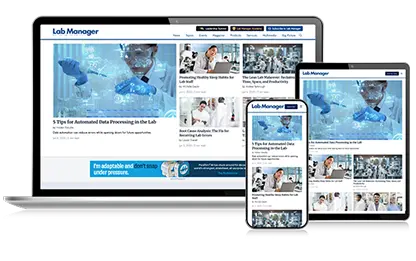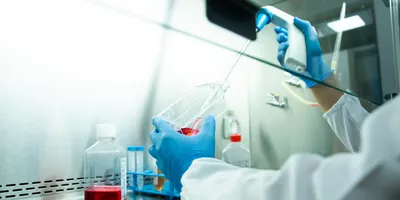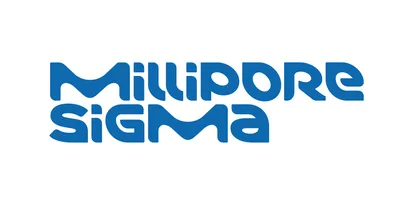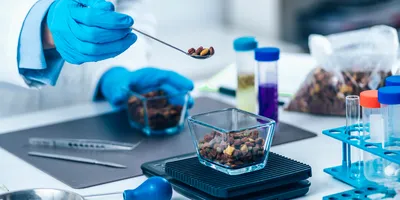Problem: The steadily escalating cost of the drug discovery process means companies are continuously looking for ways to increase process and cost efficiency. Minimizing the cost of screening can be achieved by miniaturizing assay formats, thereby reducing the volumes of the scarce and expensive lead compounds and reagents used. Assay miniaturization requires liquid handlers to deliver nanoliter volumes accurately and without sample contamination, yet still be flexible enough to handle a range of assays. Other invaluable features for maximizing the cost benefits include minimizing dead volumes and the ability to cope with a range of sample viscosities.

mosquito® HTS can be fitted with an optional bulk dispense head for rapid assayready plate preparation.

Chart of mosquito precision showing actual CVs obtained against instrument specification.
Solution: mosquito® HTS, from TTP LabTech, is an automated nanoliter liquid handler with a number of features that make it especially suitable for low volume assay development and assay miniaturization:
• Minimized wastage: mosquito® HTS uses a unique system of disposable positive displacement micro-pipettes that guarantee zero cross contamination between samples. These have negligible carry-over and reach to the bottom of source and destination plates, ensuring minimal dead volumes and so reducing compound waste
• System flexibility: precise X, Y and Z plate and head positioning enables the pipettes to enter a 1539-well plates accurately, an essential requirement when miniaturizing assays. mosquito’s 5 plate deck also enables easy reformatting from 96-well plates into 384- well plates or from 384-well plates into 1536-well plates. Any SBS standard plates can be used as source or destination.
• Pipetting flexibility: mosquito is able to accurately dispense, aspirate and even mix a wide range of liquids, for example, to provide direct serial dilutions or to create assay-ready concentration- effect curve plates.
• Accuracy: mosquito reliably touches off drops on the bottom of the plate for dry dispenses or to a defined level in the well for wet dispenses and can handle a range of volumes from 50nL –1,200 nL (with CVs of less than 8 percent at 50 nL). Since each pipette contains its own stainless steel piston (as opposed to an air gap or system liquid) pipetting is extremely accurate, even for very low volumes of viscous liquids.
The process of assay miniaturization can be further facilitated by combining the mosquito HTS with an optional bulk dispense head. This module provides high volume (≥10 μL), noncontact dispensing from 8 independent channels into specific rows of plates on the mosquito deck. High and low volume pipetting steps can be carried out within the same protocol through a common and simple user interface. The two components together are capable of performing a variety of protocols, including two-step dilutions or creating concentration-effect curves, in under 4 minutes.
The use of mosquito for assay miniaturization can result in increased throughput, savings on compounds, the elimination of solvent dilution steps and improved accuracy of dose inhibition curves. Furthermore, mosquito is easy to integrate with a wide variety of liquid dispensers and robotic arms for plate handling, ensuring it is entirely suitable to a screening laboratory.
For more information, visit www.ttplabtech.com
Problem: The steadily escalating cost of the drug discovery process means companies are continuously looking for ways to increase process and cost efficiency. Minimizing the cost of screening can be achieved by miniaturizing assay formats, thereby reducing the volumes of the scarce and expensive lead compounds and reagents used. Assay miniaturization requires liquid handlers to deliver nanoliter volumes accurately and without sample contamination, yet still be flexible enough to handle a range of assays. Other invaluable features for maximizing the cost benefits include minimizing dead volumes and the ability to cope with a range of sample viscosities.
To continue reading this article, sign up for FREE to

Membership is FREE and provides you with instant access to eNewsletters, digital publications, article archives, and more.












